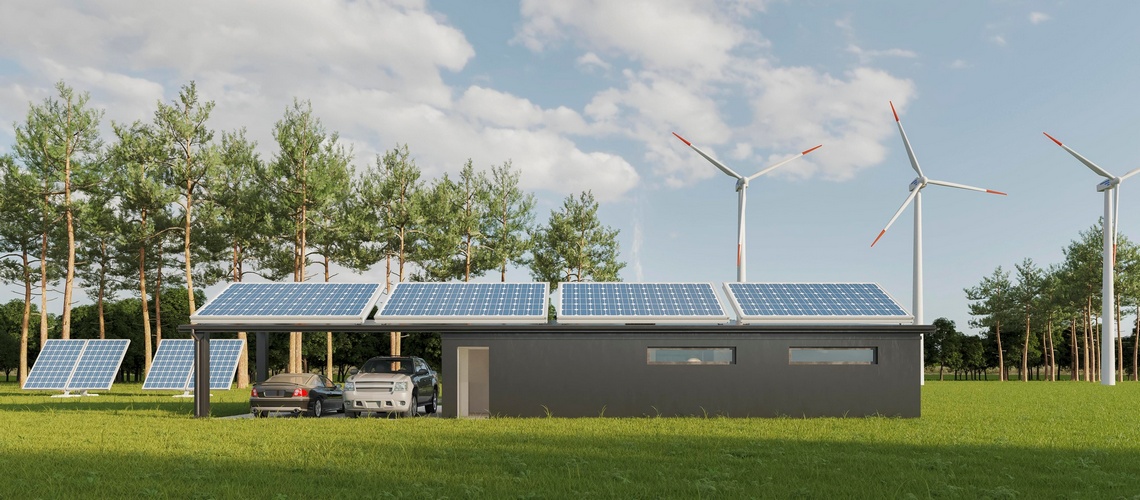The Rise of Renewable Energy: How Green Power is Reshaping the Future

In recent years, renewable energy in India has taken centre stage in the country’s journey toward sustainability. With ambitious targets, government initiatives, and private players like Jindal India Renewable Energy Limited driving the transition, the green energy movement is not just a trend, it’s the future. From solar panels on rooftops to massive wind farms, renewable energy is rapidly reshaping the way we live and work.
But why is this shift happening now? The answer lies in a combination of factors–rising environmental concerns, depleting fossil fuels, and the many economic benefits of green energy. So, whether you’re a homeowner looking to cut electricity bills or a business aiming for sustainability, renewable energy is offering solutions that are both practical and planet-friendly. But how exactly is renewable energy transforming our future? Let’s take a closer look.
The Driving Forces Behind the Renewable Energy Boom
The transition to clean energy isn’t happening overnight but a mix of policy changes, technological innovation, and economic incentives is pushing the world toward a cleaner future. Here are some key factors fueling the growth of renewable energy:
1. Government Initiatives and Policies
The Indian government has set ambitious renewable energy targets, aiming to achieve 500 GW of non-fossil fuel capacity by 2030. Policies such as tax incentives, subsidies for solar panel installations, and Renewable Energy Certificates (RECs) are making clean energy more appealing for businesses and individuals alike. Jindal India Renewable Energy Limited is among the key players contributing to this vision, investing in large-scale solar and wind projects across the country.
2. Declining Costs of Renewable Technology
A decade ago, solar and wind energy were considered expensive alternatives to coal and gas. Today, thanks to technological advancements and mass production, the cost of solar panels and wind turbines has lowered significantly. This makes green energy not just an environmentally friendly option but a cost-effective one too.
3. Growing Awareness and Consumer Demand
With climate change taking centre stage in global discussions, people are becoming more aware of their own energy consumption. Many homeowners are installing solar panels, companies are pledging carbon neutrality, and cities are investing in smart grids to efficiently distribute renewable energy. The demand for sustainable power solutions is at an all-time high.
How Green Energy is Reshaping Our World?
The rise of renewable energy is not just about cleaner air or lower electricity bills, it’s about transforming entire industries and economies. Here’s how:
1. The Energy Grid is Evolving
Traditional power grids depended on large coal or gas power plants. Now, decentralized energy systems are taking shape, allowing households and businesses to generate their own electricity with solar panels and sell any surplus back to the grid. This shift is creating more resilient and self-sufficient communities.
2. Job Creation in the Green Sector
As renewable energy initiatives grow, so does job creation. From manufacturing solar panels to installing wind turbines, the green energy sector is generating millions of jobs around the globe. In India alone, the renewable energy industry has created approximately 1 million jobs, offering opportunities in both rural and urban settings.
3. Reducing Dependence on Fossil Fuels
India has long depended on coal for electricity generation, resulting in pollution and reliance on imports. By transitioning to renewable sources, the country is not only cutting down its carbon emissions but also enhancing its energy security. Solar and wind energy lessen the dependence on imported fuels, making energy more affordable and stable over time.
What’s Next for Renewable Energy in India?
The future of renewable energy in India sure looks promising. As companies like Jindal India Renewable Energy Limited start investing in large-scale projects, the country can move closer to its sustainability goals. Innovations such as battery storage solutions, green hydrogen, and floating solar farms are set to further revolutionise the industry.
The biggest challenge ahead? Expanding renewable infrastructure while keeping it affordable and efficient. However, with strong policy support, private sector participation, and increasing consumer awareness, India is well on its way to becoming a global leader in clean energy.
Final Thoughts
The rise of renewable energy isn’t just a passing trend, it’s the foundation of our future. Whether it’s through large-scale solar farms or individual households embracing rooftop solar, every step toward green energy counts. As India advances its renewable energy transition, Jindal India Renewable Energy Limited hopes to contribute to this movement toward a cleaner, more sustainable future.